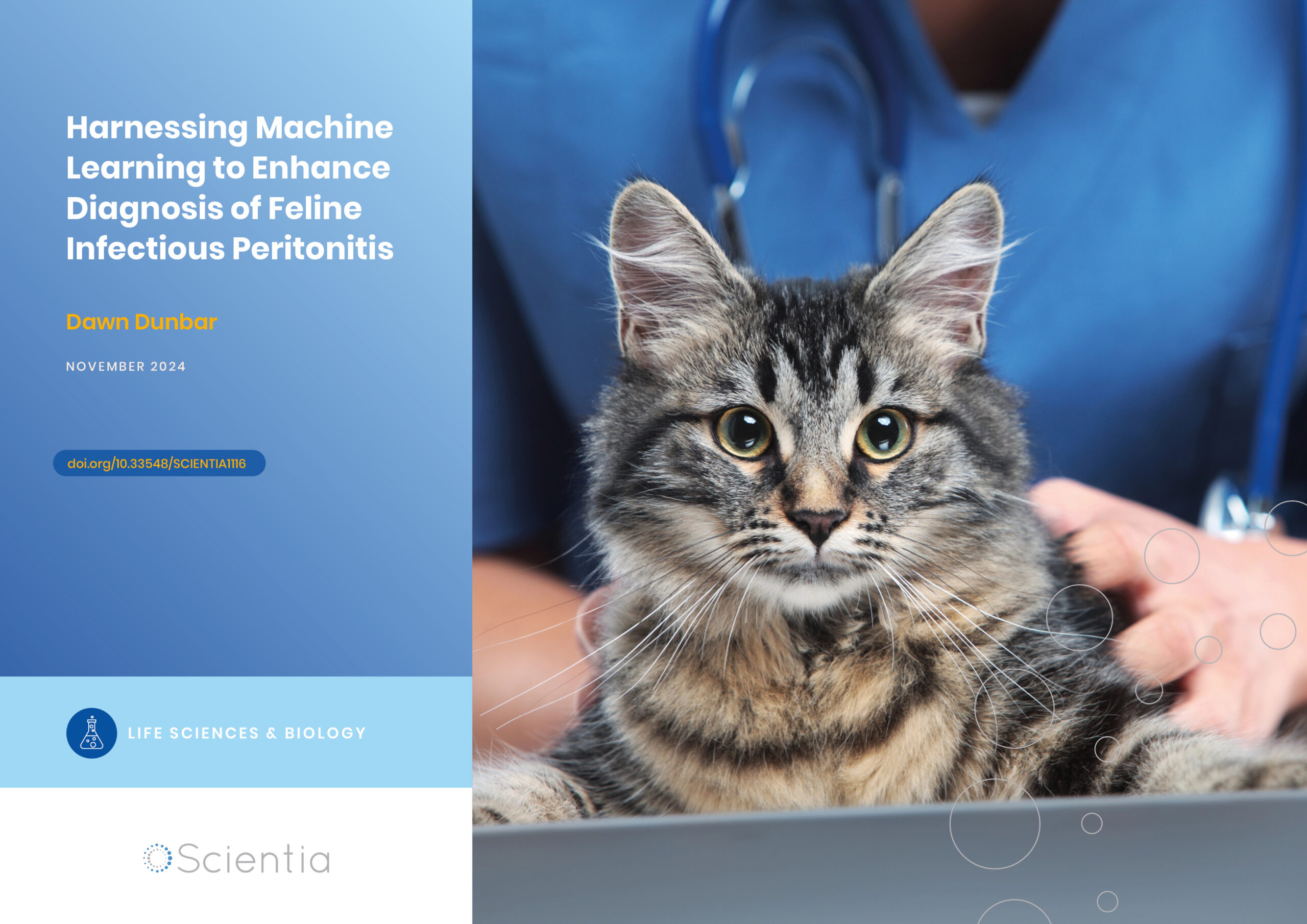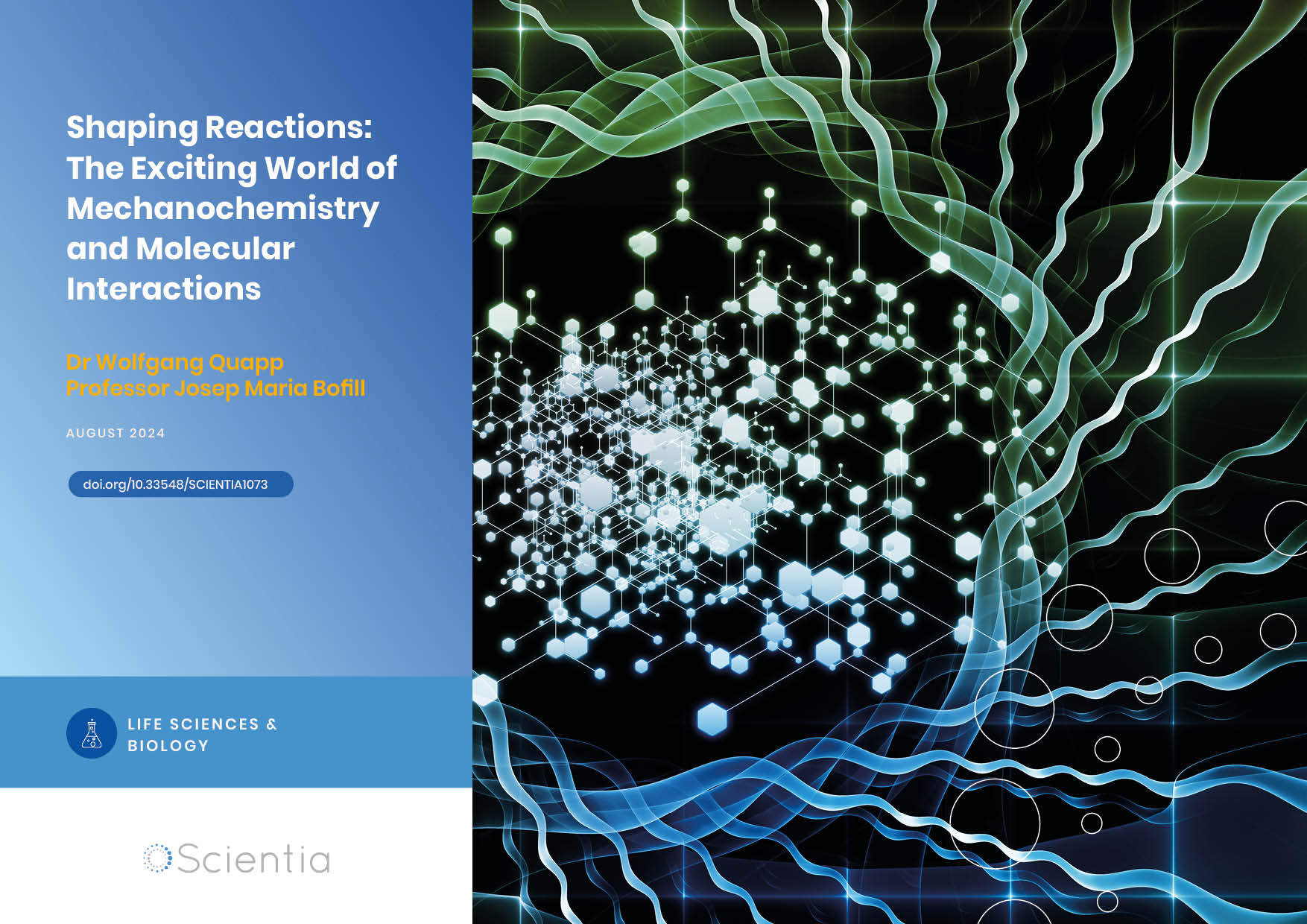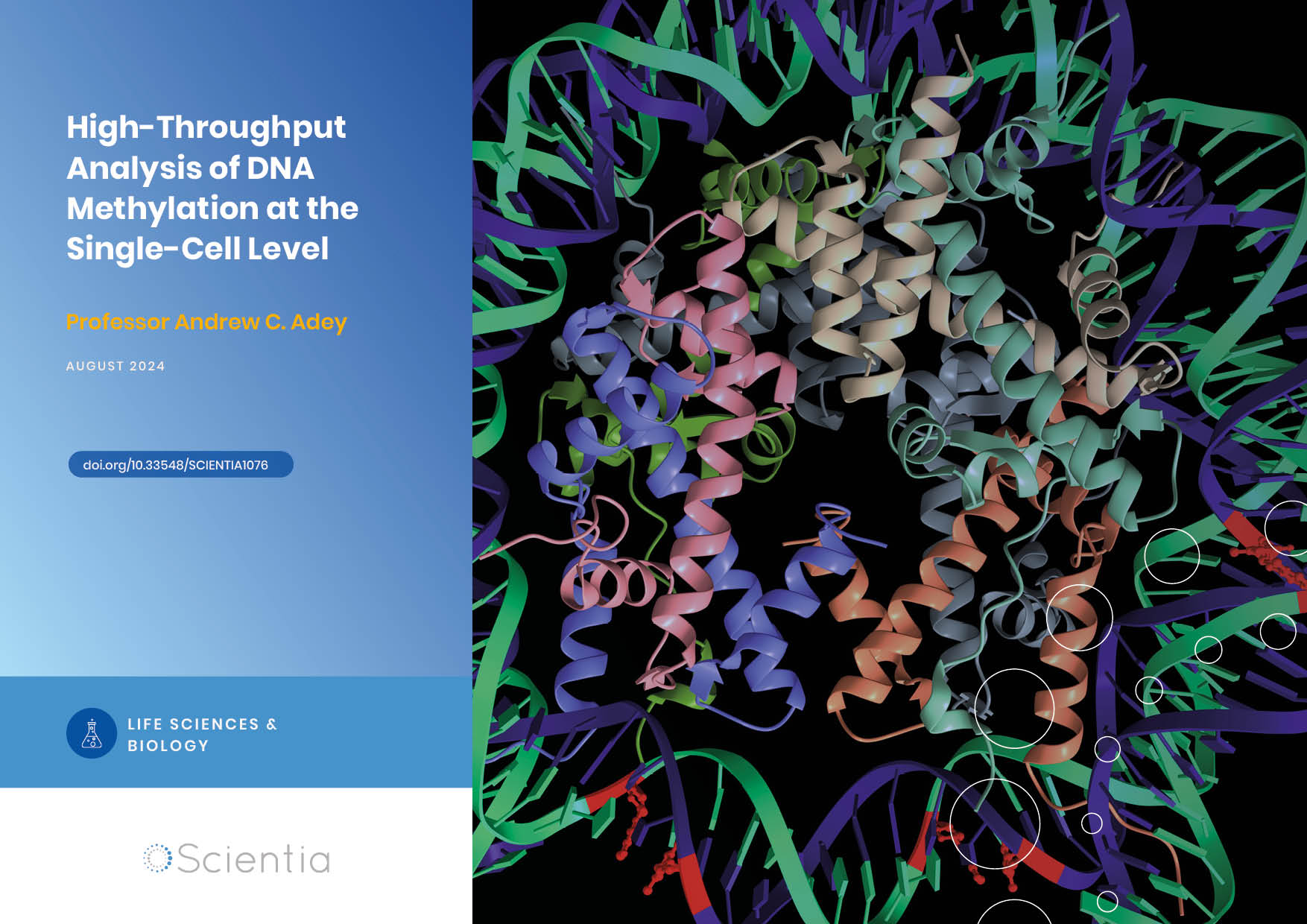Dr Keerti Rathore – Bioengineered Cotton Could Help Solve World Hunger
Humans have relied on cotton’s textile fibre for nearly seven millennia. However, utilising cottonseed as food has been a long and unfulfilled goal of many plant breeders. Along with its abundant, high-quality protein, cottonseed also contains gossypol – a toxic chemical that renders the seed inedible. Cottonseed’s fate as a mostly unusable by-product seemed sealed until Dr Keerti Rathore, a professor at Texas A&M University, announced that he had successfully created gossypol-free cottonseed. Dr Rathore’s tireless devotion has given the world the potential to significantly improve food security worldwide.
The cotton plant produces the most significant volume of natural fibre in the world. Grown in over 70 countries, more than 20 million farmers cultivate and depend on cotton for their livelihood. Yet, for every 1 kilogram of fibre, 1.65 kilograms of cottonseed go mostly underutilised. The reason is simple: cottonseed also contains the compound gossypol, which is toxic if consumed above safe levels.
A natural chemical produced in the pigment glands of the cotton plant, gossypol protects the cotton plant from microbial infections and being eaten by insect pests. Ruminants such as cattle can eliminate the threat – both by degrading gossypol and by binding it to proteins. However, humans and other single-stomached animals including pigs, birds and fish are sensitive to gossypol. In high concentrations, gossypol can cause heart and liver damage and blood disorders.
Although cottonseed oil, with gossypol removed during processing, is used in frying and baking, its abundant protein is currently only used for cattle feed. For many scientists, our under-utilisation of cottonseed represents a lost opportunity to address global hunger issues. Scientists estimate that the current rates of cottonseed production could fulfil the protein requirement of over 500 million people worldwide, many of whom live in cotton-producing countries, such as India and Pakistan. With an estimated 700 million people suffering from global hunger and malnutrition, toxin-free cottonseed could significantly improve global nutrition security.
In 2006, after decades of failed efforts to breed gossypol-free cottonseed and to eliminate the toxin on a commercial scale, positive news came out of Texas A&M University when Dr Keerti Rathore announced that his lab had successfully disrupted gossypol production in cottonseed. His team’s genetically modified cottonseed has since survived significant regulatory hurdles to achieve approval in the US. The story speaks of the ground-breaking nature of the discovery, as well as the intense regulatory hurdles involved in receiving government approval to cultivate genetically modified crops.

Top: Seeds from normal parental plant. Bottom: Seeds from engineered and deregulated TAM66274 plant.
Silencing Gossypol Genes
Efforts to eliminate gossypol from cottonseed began in earnest in the 1990s. Armed with essential gene sequences involved in gossypol production, scientists from all over the world set out to use novel gene silencing technologies to disrupt the biosynthesis pathway that leads to gossypol production. Although these initial efforts did not successfully reduce gossypol production, Dr Rathore continued to experiment with novel gene silencing methods.
In 2004, his team initiated a new round of experiments that differed from others in a critical way; this time, the group used a tool called RNA interference (RNAi) to try to silence gossypol synthesis-related genes. This technology degrades messenger RNA, a molecule that copies the code contained in DNA to create proteins. Dr Rathore leveraged this technology to selectively interfere with gossypol gene expression in the seed. This targeted approach meant that gossypol could still be produced in the cotton stems, leaves and roots, where it provides essential anti-microbial and pest-protection functions. Dr Rathore named his team’s cotton trait ‘Ultra-Low Gossypol Cottonseed’ (ULGCS).
Before this discovery, RNAi-mediated silencing was not believed to be capable of silencing genes in one part of the plant without spreading to other parts of the plant. ‘Our work has shown that such a spread of silencing is not always the case and that such an RNAi-mediated trait is generationally stable,’ says Dr Rathore. This type of tissue-specificity is ground-breaking – a feature that even the famed gene-editing tool CRISPR cannot boast.
After examining the trait in cotton crops under field conditions and confirming it could be passed on from generation to generation, Dr Rathore reported more promising news: ULGCS cotton fibre yield and quality did not differ from that of regular cotton. After more than a decade of work, it became clear that ULGCS cotton had the potential to be commercially viable.
‘ULGCS offers an example that demonstrates the ability of biotechnology tools to solve a problem that traditional plant breeding cannot solve.’

Dr Rathore (middle), with his associates LeAnne Campbell and Devendra Pandeya. CREDIT: Tim Douglass.
Jumping Regulatory Hurdles
Successfully growing and cultivating the novel cotton in relatively small field settings was a significant accomplishment. However, receiving regulatory approval for its commercial use represented an entirely new type of challenge.
In the US, genetically modified crops are subject to intense regulatory scrutiny to ensure that they are safe for the environment and human health. ULGCS cotton was initially considered a regulated article by the United States Department of Agriculture – Animal and Plant Health Inspection Service (USDA-APHIS), meaning it could not be freely cultivated. However, Dr Rathore knew that this technology could become a globally critical food source. Without deregulated status that allows for general cultivation, ULGCS cotton would be stuck in regulatory limbo, unable to fulfil its potential.
After scrupulous field and lab studies designed to evaluate the integrity of the genetic changes and the plant’s performance in the field, Dr Rathore and his colleagues submitted a petition to make one of the ULGCS lines, TAM66274, a deregulated entity. The data was on their side: all analyses demonstrated that seed gossypol had been reduced by up to 97% in TAM66274, with the remaining concentration well below established safety thresholds.
In 2018, APHIS concluded that the modified cotton should be deregulated, with the justification that it does not pose any risk to the health of humans, animals, or the environment. A year later, the ULGCS line TAM66274 experienced another potent victory: the US Food and Drug Administration (FDA) assessed gossypol levels in ULGCS to be safe for use as food and animal feed.
After decades of academic research and subsequent years of cooperation and collaboration with regulatory agencies, Dr Rathore enabled the distribution of this new cottonseed within the US. His efforts cannot be understated; usually, these types of genetically modified traits are limited to biotech companies that have tens of millions of dollars available to push the product through expensive and lengthy regulatory processes. Until 2019, ULGCS was only the fourth genetically modified organism developed by a university scientist to obtain regulatory approval in the US.

Two key collaborators, Kater Hake (left) and Thomas Wedegaertner (middle), inspecting one of the team’s regulatory field trials in North Carolina.
Socioeconomic Implications
The real benefit of ULGCS lies in the fact that it is already a by-product of a plant cultivated globally. Cotton fibre will remain the primary product of any cotton crop, including genetically modified plants. Since its production comes at little additional expense to farmers, ULGCS will naturally out-compete other vegetable protein sources in terms of price and sustainability metrics. Its low production cost and high-quality protein make ULGCS a potent tool in the fight against global hunger and protein malnutrition, a problem that still plagues one in nine people.
Along with direct human consumption, ULGCS can also be used indirectly to positively impact human nutrition. In several trials, ULGCS was found to be an adequate feed for aquaculture species. While cattle must eat 20 kilos of protein to create 1 kilo of edible beef protein, chicken and fish have a much lower ratio, using only 4.6 kilos of plant protein to create 1 kilo of animal protein. Currently, both poultry and aquaculture industries are in dire need of alternative sources of protein to keep up with the exploding demand for eggs and meat, mainly in developing countries.
Cattle also take an enormous toll on the environment, as they emit potent greenhouse gases, and require more land and feed. Additional sources of cheap, effective feedstock will ease pressure on current feed sources, particularly in aquaculture and poultry, creating more feasible ways to capitalise on these sustainable food sources. Finally, since its production does not require additional land beyond what is already used for cotton, protein derived from ULGCS does not create extra strain on the environment. In fact, its widespread use should ease pressure on forests and the ocean’s fish, which are both overexploited to obtain feed for poultry and aquaculture. Farmers who already grow cotton will obtain a whole other crop with very little up-front investment.

Handful of ULGCS kernels. CREDIT: Beth Ann Luedeker.
The New Green Revolution
According to Dr Rathore, ‘ULGCS offers an example that demonstrates the ability of biotechnology tools to solve a problem that traditional plant breeding cannot solve.’ Even agronomist Dr Norman Borlaug, the ‘Father of the Green Revolution’, recognised the potential of gossypol-free cottonseed. Dr Borlaug was an impactful researcher who developed various high-yielding wheat varieties, spurring similar innovations in rice production that led to dramatic increases in grain yields in the 1950s and 1960s.
Termed the ‘Green Revolution’, the rampant output of these new crops helped draw millions out of malnutrition. Dr Rathore points to Dr Borlaug as an inspirational figure, attesting that ‘He encouraged me to continue the work despite many failures, setbacks and lack of funding during the first ten years of the project.’
The global community will continue to benefit tremendously from Dr Rathore’s demonstrated persistence as he works toward the ultimate goal: worldwide adoption and cultivation of his new cottonseed. His research will also be felt beyond the world of cotton production. By shedding light on the potential of RNAi technology, Dr Rathore has opened the door for other scientists to create innovative solutions for agricultural and global health issues. This movement very well could lead to the next Green Revolution.
SHARE
DOWNLOAD E-BOOK
REFERENCE
https://doi.org/10.33548/SCIENTIA790
MEET THE RESEARCHER

Dr Keerti S Rathore
Department of Soil & Crop Sciences
Texas A&M University
College Station, TX
USA
Dr Keerti S Rathore has spent three decades fuelled by a focused purpose: developing and using genetic tools to sustainably feed a burgeoning global population. As the son of a doctor in rural India, Dr Rathore saw the effects of malnourishment first-hand. These early experiences laid the foundation for a future of work addressing key global hunger issues with biotechnology. In 1995, only a few months into his position as a Scientist at the Texas A&M University, he began research on his most ground-breaking project – developing a genetically engineered cottonseed safe for human consumption. Since then, he has become a Professor in the Department of Soil and Crop Sciences at Texas A&M and has received eleven patents, several related to his work on cottonseed. With over three decades of experience, Dr Rathore is a sought-after and globally recognised instructor and researcher in biotechnology.
CONTACT
E: rathore@tamu.edu
E: Keerti.Rathore@ag.tamu.edu
W: https://soilcrop.tamu.edu/people/rathore-keerti/
KEY TEAM MEMBERS
Ms LeAnne Campbell
Dr Devendra Pandeya
KEY COLLABORATORS
Dr Robert D Stipanovic, United States Department of Agriculture-Agricultural Research Station
Dr Lorraine Puckhaber, United States Department of Agriculture-Agricultural Research Station
Mr Thomas C Wedegaertner, Cotton Incorporated
Dr Kater Hake, Cotton Incorporated
FUNDING:
Cotton Incorporated, North Carolina, USA, Texas A&M AgriLife Research
FURTHER READING
KS Rathore, D Pandeya, LM Campbell, TC Wedegaertner, LS Puckhaber, RD Stipanovic, JS Thenell, S Hague, K Hake, Ultra-Low Gossypol Cottonseed: Selective gene silencing opens up a vast resource of plant-based protein to improve human nutrition, Critical Reviews in Plant Sciences, 2020, 39, 1-29. doi.org/10.1080/07352689.2020.1724433
MS Alam, WO Watanabe, PM Carroll, JE Gabel, MA Corum, P Seaton, TC Wedegaertner, KS Rathore, MK Dowd, Evaluation of genetically improved (glandless) and genetically modified low gossypol cottonseed meal as alternative protein sources in the diet of juvenile southern flounder Paralichthys lethostigma reared in a recirculating aquaculture system. Aquaculture 2018, 489, 36-45. doi.org/10.1016/j.aquaculture.2018.02.006
CM Richardson, AJ Siccardi, SR Palle, LM Campbell, L Puckhaber, RD Stipanovic, TC Wedegaertner, KS Rathore, TM Samocha, Evaluation of Ultra-low Gossypol Cottonseed and Regular Glandless Cottonseed Meals as Dietary Protein and Lipid Sources for Litopenaeus vannamei Reared Under Zero-Exchange Conditions, Aquaculture Nutrition, 2016, 22, 427-434. doi.org/10.1111/anu.12261
SR Palle, LM Campbell, D Pandeya, L Puckhaber, LK Tollack, S Marcell, S Sundaram, RD Stipanovic, L Hinze, TC Wedegaertner, KS Rathore, RNAi-mediated Ultra-low Gossypol Cottonseed Trait: Performance of Transgenic Lines under Field Conditions, Plant Biotechnol J, 2013, 11, 296-304. doi.org/10.1111/pbi.12013
KS Rathore, S Sundaram, G. Sunilkumar, LM Campbell, L Puckhaber, S Marcell, SR Palle, RD Stipanovic, TC Wedegaertner, Ultra-low gossypol cottonseed: generational stability of the seed-specific, RNAi-mediated phenotype and resumption of terpenoid profile following seed germination, Plant Biotechnol J, 2012, 10, 174-183. doi.org/10.1111/j.1467-7652.2011.00652.x
G Sunilkumar, LM Campbell, L Puckhaber, RD Stipanovic, KS Rathore, Engineering cottonseed for use in human nutrition by tissue-specific reduction of toxic gossypol, PNAS, 2006, 103, 18054. doi.org/10.1073/pnas.0605389103

REPUBLISH OUR ARTICLES
We encourage all formats of sharing and republishing of our articles. Whether you want to host on your website, publication or blog, we welcome this. Find out more
Creative Commons Licence (CC BY 4.0)
This work is licensed under a Creative Commons Attribution 4.0 International License. 
What does this mean?
Share: You can copy and redistribute the material in any medium or format
Adapt: You can change, and build upon the material for any purpose, even commercially.
Credit: You must give appropriate credit, provide a link to the license, and indicate if changes were made.
SUBSCRIBE NOW
Follow Us
MORE ARTICLES YOU MAY LIKE
Dawn Dunbar | Harnessing Machine Learning to Enhance Diagnosis of Feline Infectious Peritonitis
Feline infectious peritonitis (FIP) is a severe and often fatal viral disease of cats which poses significant diagnostic challenges for veterinarians. Dawn Dunbar from the University of Glasgow is leading a research study with the goal of applying machine learning to revolutionise the diagnosis of FIP. By leveraging routinely collected clinical laboratory data, this innovative approach may pave the way for more accurate and timely diagnoses, ultimately improving outcomes for affected cats and their owners.
Professor Irene Díaz-Moreno – Professor Miguel A. De la Rosa | The Diverse Interactome of Cytochrome c: Beyond Respiration
All living things are comprised of cells, and to function, most of them use oxygen to break down food molecules to obtain chemical energy, a process known as cell respiration. Critical to this is the macromolecule cytochrome c, but this redox haemoprotein also boasts a diverse set of functions beyond respiration. Professor Irene Díaz-Moreno and Professor Miguel A. De la Rosa, both leading members of cicCartuja’s Biointeractomics Research Group at the University of Seville, are using cutting-edge investigational tools to study the full ‘interactome’ of this multifunctional molecule.
Dr Wolfgang Quapp – Professor Josep Maria Bofill | Shaping Reactions: The Exciting World of Mechanochemistry and Molecular Interactions
Dr Wolfgang Quapp and Professor Dr Josep Maria Bofill from the University of Leipzig and Universitat de Barcelona, respectively, are leading voices in the newly emerged sector of mechanochemistry. Their fascinating work reveals how external forces can manipulate molecular behaviour and influence chemical reactions.
Professor Andrew Adey | High-Throughput Analysis of DNA Methylation at the Single-Cell Level
DNA methylation is a key epigenetic process. Conventional methods for analysing methylation have been cumbersome or technically unfeasible. Professor Andrew Adey at Oregon Health and Sciences University is developing high-throughput workflows that analyse the methylome with single-cell granularity.





